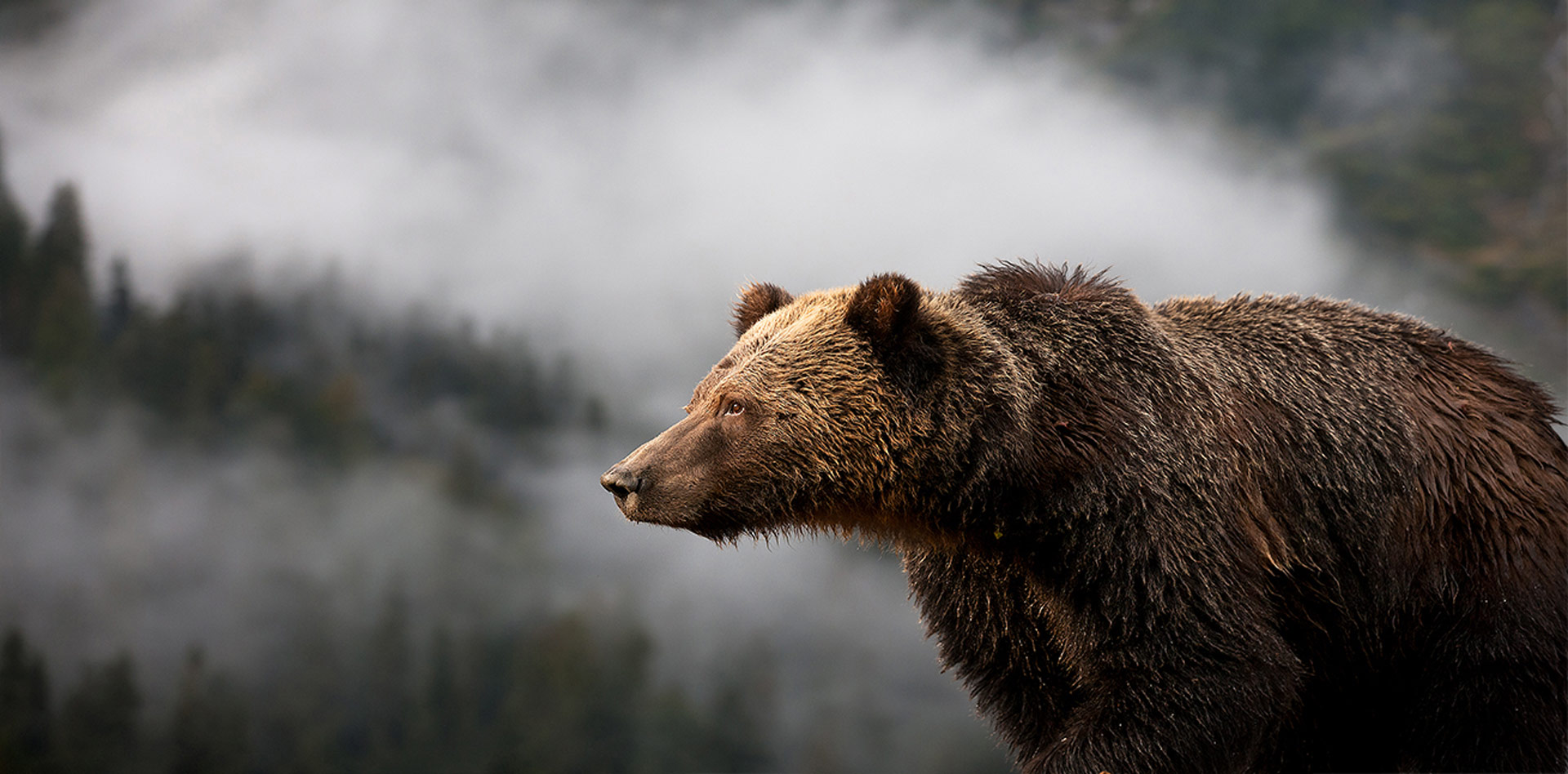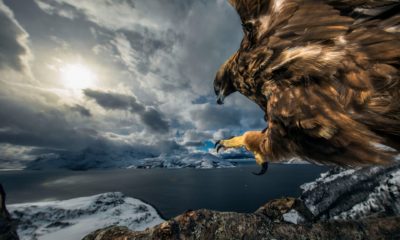By Eric Sambol
I’ve always been fascinated by the beauty of wildlife. As a photographer, my travels have afforded me the opportunity of capturing images of some amazing animals from around the world. But through my travels of capturing wildlife imagery, I have come to understand the profound connection and delicate balance between wildlife and the environment. To most, this may sound like an obvious relationship, but I don’t believe that as a whole, human beings associate their consumption with the threat imposed on the other inhabitants of this rich and beautiful planet.
It is through the capturing of this imagery that allows us to view life from a different perspective. Sharing this experience through education and most importantly, love, I believe this to be the greatest commitment to foster positive changes in the way we treat ourselves and the environment in which we all share as one. If we truly love something, we will fight and make the necessary changes to keep it!
The focus here will be on two very unique environments that I explored in Canada, that are prime examples of fragile ecosystems where a spectacular array of wildlife calls home.
I visited the area around Churchill, Manitoba in November of 2010 and 2014. I traveled there to photograph polar bears. I left there deeply concerned about the future of our planet. Churchill has a climate that is “subarctic” and lies approximately in the center of Canada. The main attraction is the southwestern shore of the Hudson Bay. During October and November, large numbers of polar bears congregate the area because it is an early prime entry point to get on the sea ice that eventually leads out into, or shall I say onto, the Arctic Ocean.
The polar bears’ primary food source is seal. They are most effective hunters from the ice. Typically, polar bears will grab seals as they come up through breathing holes in the ice. Without the ice, the bears starve. It’s as simple as that. During the warmer months, there is some minimal scavenging, but essentially the bears need to survive without food for four to five months each year. Here is where climate change comes into play and why polar bears have become such iconic symbols and bellwethers of this so-called controversial issue.
On one of the days out on the tundra, representatives from Polar Bears International joined us in our tundra buggy. They are one of the chief science groups that monitor the health of the bear populations. That year, 2010, there was six weeks less ice than in previous years. The pressure of surviving for four to five months is challenging enough. The additional one to two months without food would clearly impact cubs as well as adults. This would increase to a greater extent the mortality of these beautiful apex predators and reduce an already declining polar bear population.
Given the continuing trend of rising land and sea temperatures in the Arctic, along with shrinking ice, some scientists are now predicting that polar bears may become extinct in the not too distant future. What a great tragedy that would be.
I don’t want to see that happen. How about you?
In 2009, while on a photographic trip in Alaska, I met a gentleman from Victoria, British Columbia. Larry and I shared the same level of passion for wildlife and before the four days together ended, we were buds. Larry was in involved in an organisation called The Raincoast Foundation whose mission was to protect The Great Bear Rainforest. Until we spoke about it, I had never heard of this special region of the world.
It covers approximately 200 pacific coastal miles from the northern tip of Vancouver Island north to the Alaskan border. This place is considered the largest expanse of temperate rainforest in the world and what a gem it is!
Several months after Alaska, in 2010, Larry called and invited me and my family to join him and his wife to spend two weeks exploring aboard the Endeavor. This 75-foot research vessel was used by Raincoast to survey and monitor the entire region and it’s spectacular wildlife. This area is prime habitat for grizzlies and black bears, coastal wolves, cougar, humpback whales, stellar sea lions and bald eagles. And that’s just to name a few of the more charismatic species, not least of which is the fabled Kermode – or Spirit – Bear (first image, above). The Kermode is actually a black bear that possesses a recessive gene found in 10% of the black bear population living in the Great Bear Rainforest.
There are only approximately 300 in the world and they are only found there.
If I had to describe The Great Bear Rainforest in one word… it would be ‘magic’! A vast landscape that’s lush and misty with inky fjords and cathedral mountains rising up. It’s a place where the sea and land are intrinsically connected – yes, magic. All of the creatures that live there, in one way or another, are affected by the interconnectedness of air, water and earth. One of the most striking examples is how salmon nourish the great conifers. I highly recommend that you watch The Great Salmon Run. This is a beautiful BBC documentary that was filmed there.
My daughter, Brooke, said that her experience there had a profound effect on her. It did for me as well.
Amazingly, there is tremendous pressure on this environment from logging, oil tankers and salmon farming concerns. There are contentious lines being drawn all of the time.
It shocks and saddens me to think that some people are willing to risk destroying this great natural treasure. I don’t have the expertise to argue these issues but I can show through the capturing of this imagery what we’re all in jeopardy of losing if we don’t make some significant changes. One only has to see the beauty and magnificence of this unique landscape of life to fully appreciate how vital it is to our world.
























You must be logged in to post a comment Login